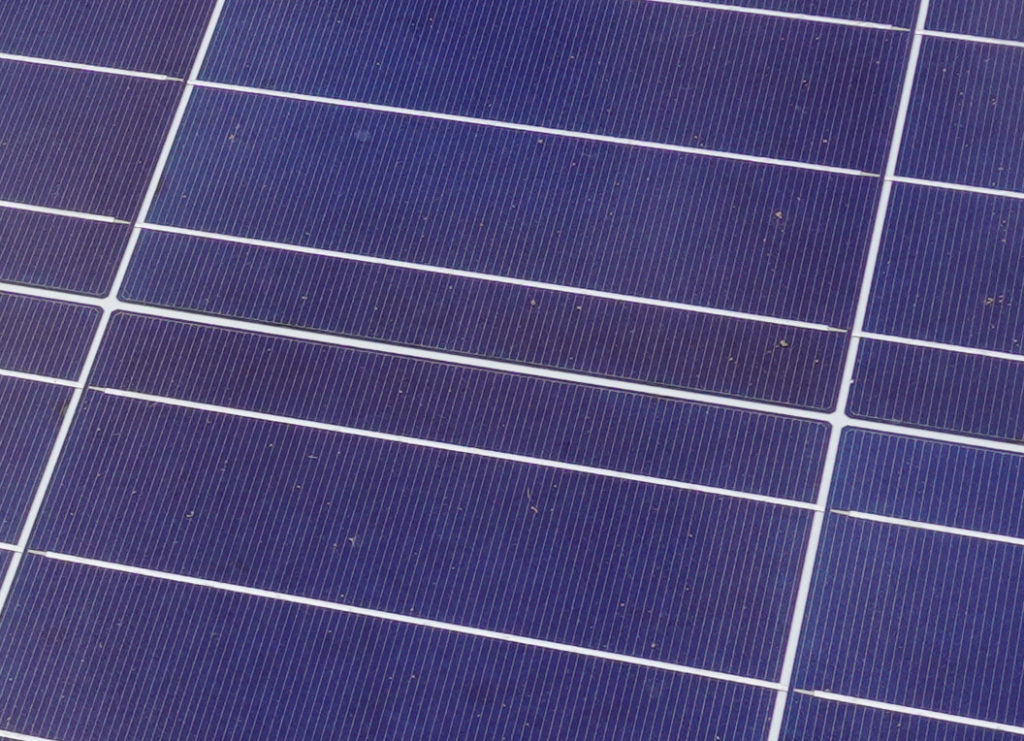Given the rapid rate of change in the science of solar technology, it is no wonder that terms can be confusing. Quite often, people will simply use the term ‘solar’ as sort of implied meaning and not really clarify what exactly they are referring to (I am guilty of this myself).
But for the record, there is a difference between a solar panel and a solar cell.
A solar cell is a single unit capable of producing electricity by means of the sun. A solar panel is a group of solar cells arranged in such a way as to benefit from their collective power production.
In other words, a solar panel is a panel that holds multiple solar cells.
Table of Contents
What Is A Cell?
The word cell is a word that holds many different meanings. It can refer to something microscopic, such as a human cell or to something massive, such as a super cell (think storm). But the general concept behind the word cell implies a sort of singular entity.
For example, the many pockets found in honeycomb are referred to as cells – as they would hold a single larva or single pocket of honey.
With this in mind, we can now better understand what a solar cell is.
While they may vary considerably in size, from the minute solar cell on your solar powered calculator, to the two to four inch sized cell on a commercial solar panel, solar cells are a singular, stand-alone entities that will produce electricity from sunlight.
What Is A Solar Panel?
When most people think of a solar panel, they picture a large, TV-sized panel mounted on a roof. These panels typically hold 50+ solar cells. But the reality is, solar panels vary a considerable amount with regards to physical size and the amount of solar cells they contain.
Strictly speaking, any panel that holds more than one solar cell, falls under the description of a solar panel.
This can be a solar powered street light or my solar powered electric fence. So long as there is two or more solar cells grouped together on a panel, you have a solar panel.
Lines On A Solar Cell
It can be very difficult, even for an expert, to distinguish where one solar cell ends and the next begins. This is generally caused by the many lines you will see crossing through the dark colored silicon.
These lines are not necessarily the defining edge of a solar cell, but rather small wires that are providing a path for the excited electrons to flow.
Even our outdoor solar lights that light the walkway at night, have multiple lines running through them. Yet I know with certainty that these small lights are utilizing a single solar cell rather than a solar panel.
Thin Film Solar
Unlike the silicon solar panels that most of us are familiar with, thin-film solar poses even more of a challenge when trying to distinguish the defining edges of a solar cell. This is because of how thin-film solar is manufactured.
With thin-film solar, the photovoltaic material is generally ‘applied’ to a surface. This ease of manufacturing allows engineers to design solar cells in virtually any size or shape. Even more dynamic is the fact that the surface in question has a wide degree of variability – including the use of flexible material.
Where once you had very defined features to observe, now you have ‘painted on’ solar that can change shape.
Good luck figuring out where the cells are on that!
Conclusion
In the pursuit of accuracy, it is best to distinguish the difference between a solar panel and a solar cell. However, the progress being made in solar technology might make it difficult for even the most seasoned and knowledgeable individual to know where the cell ends and the panel begins.
For this reason, solar veterans such as my family and I, generally try to play it safe and just say ‘solar’. (It saves from embarrassment.)
